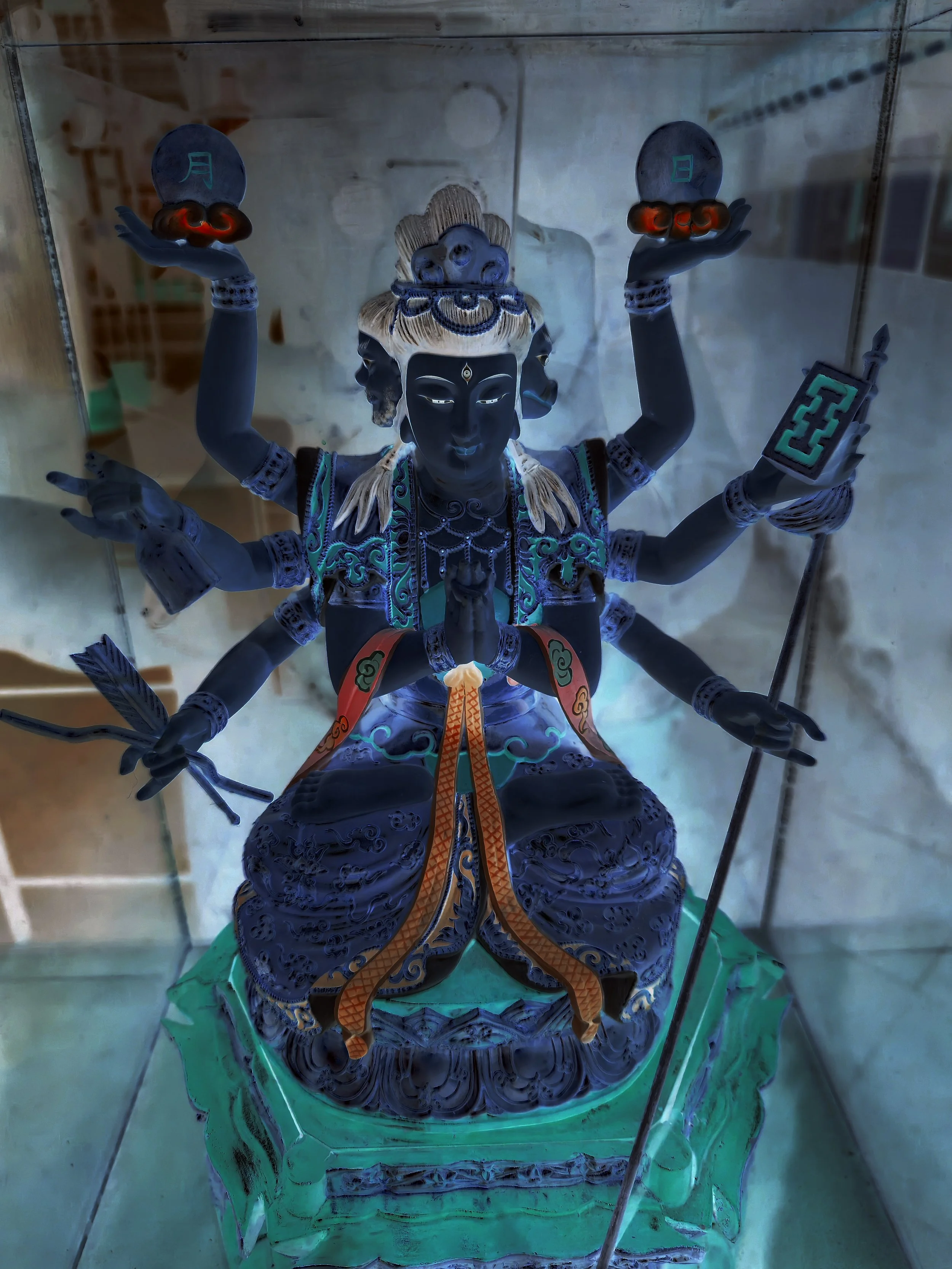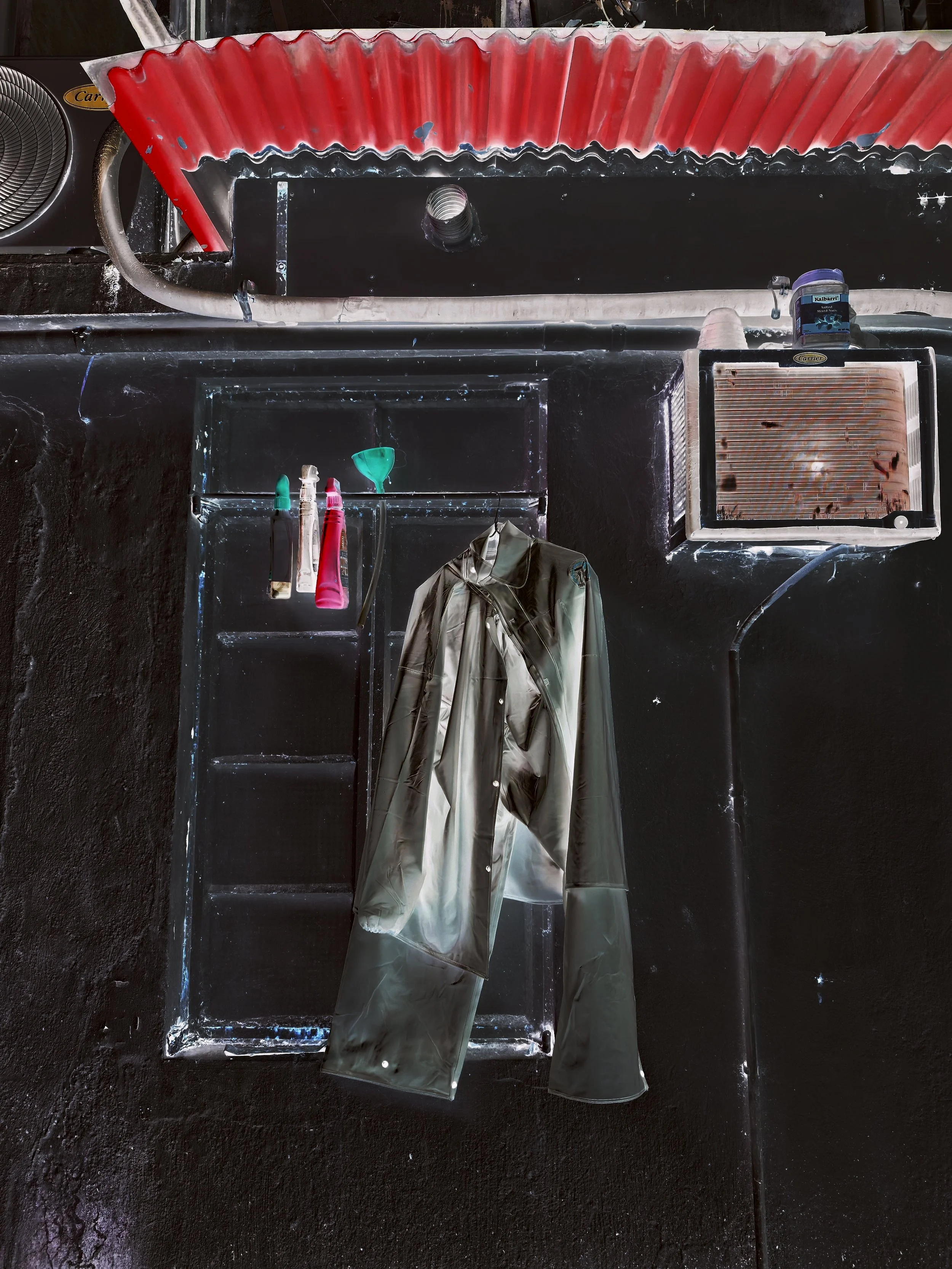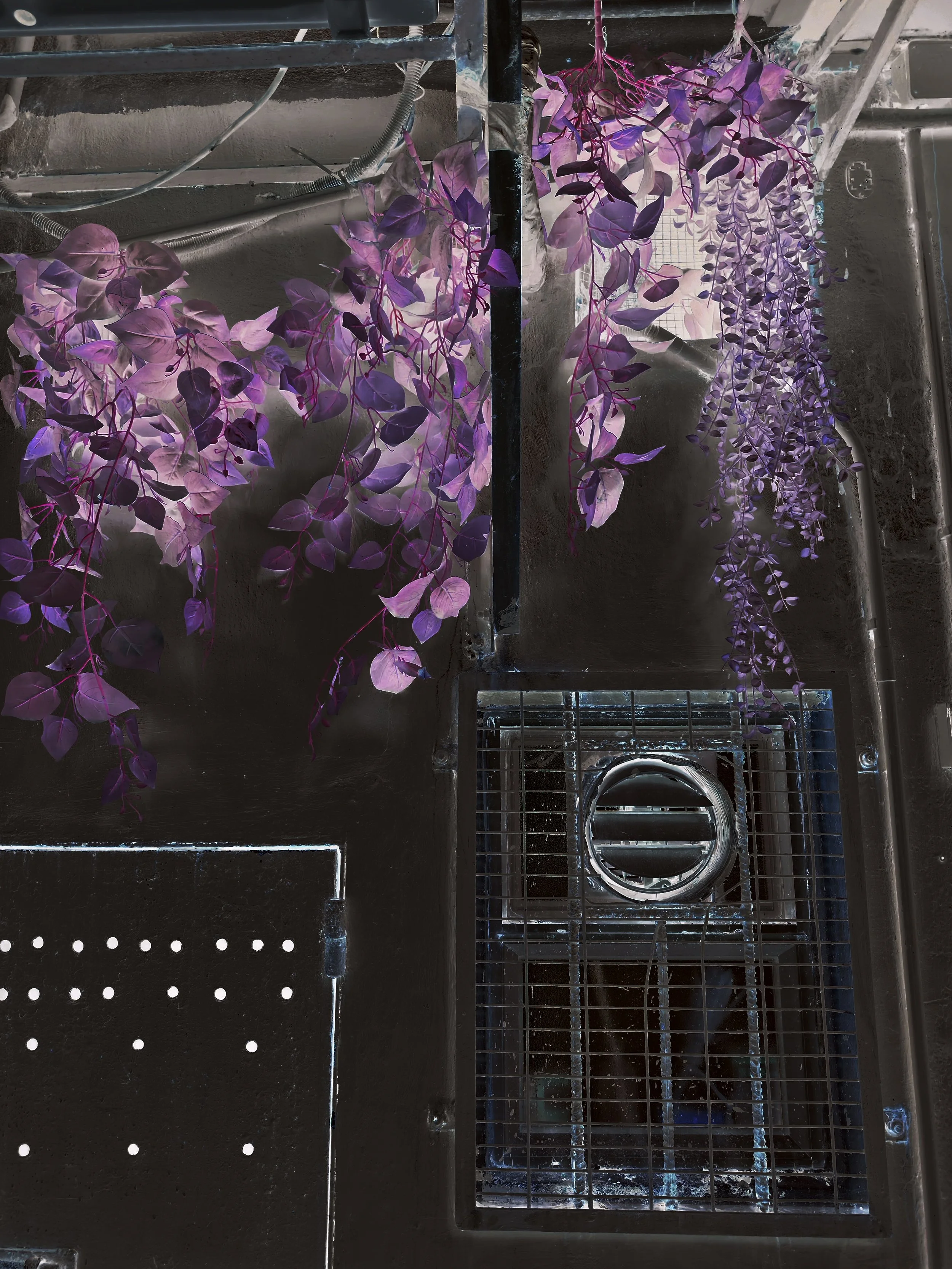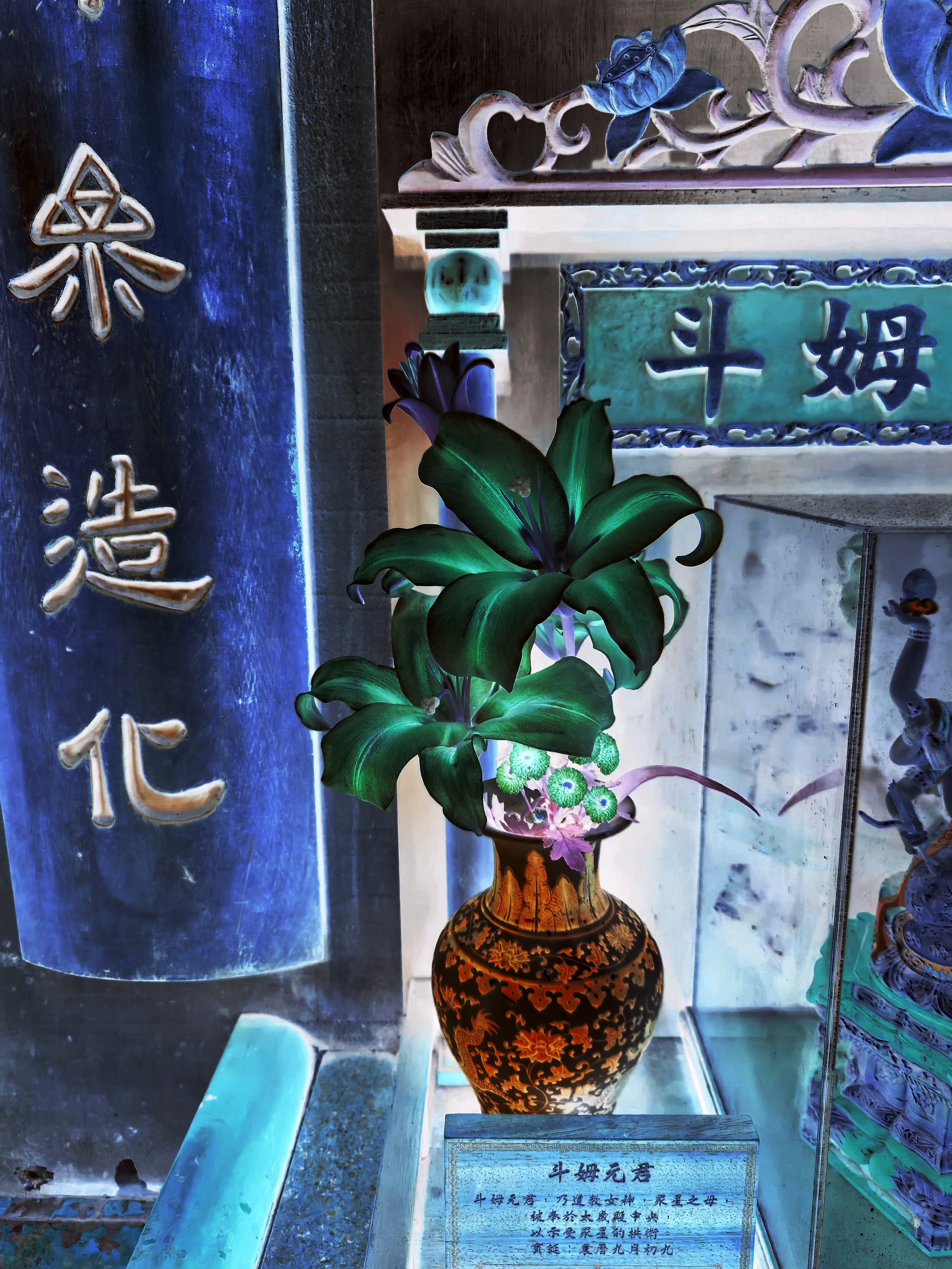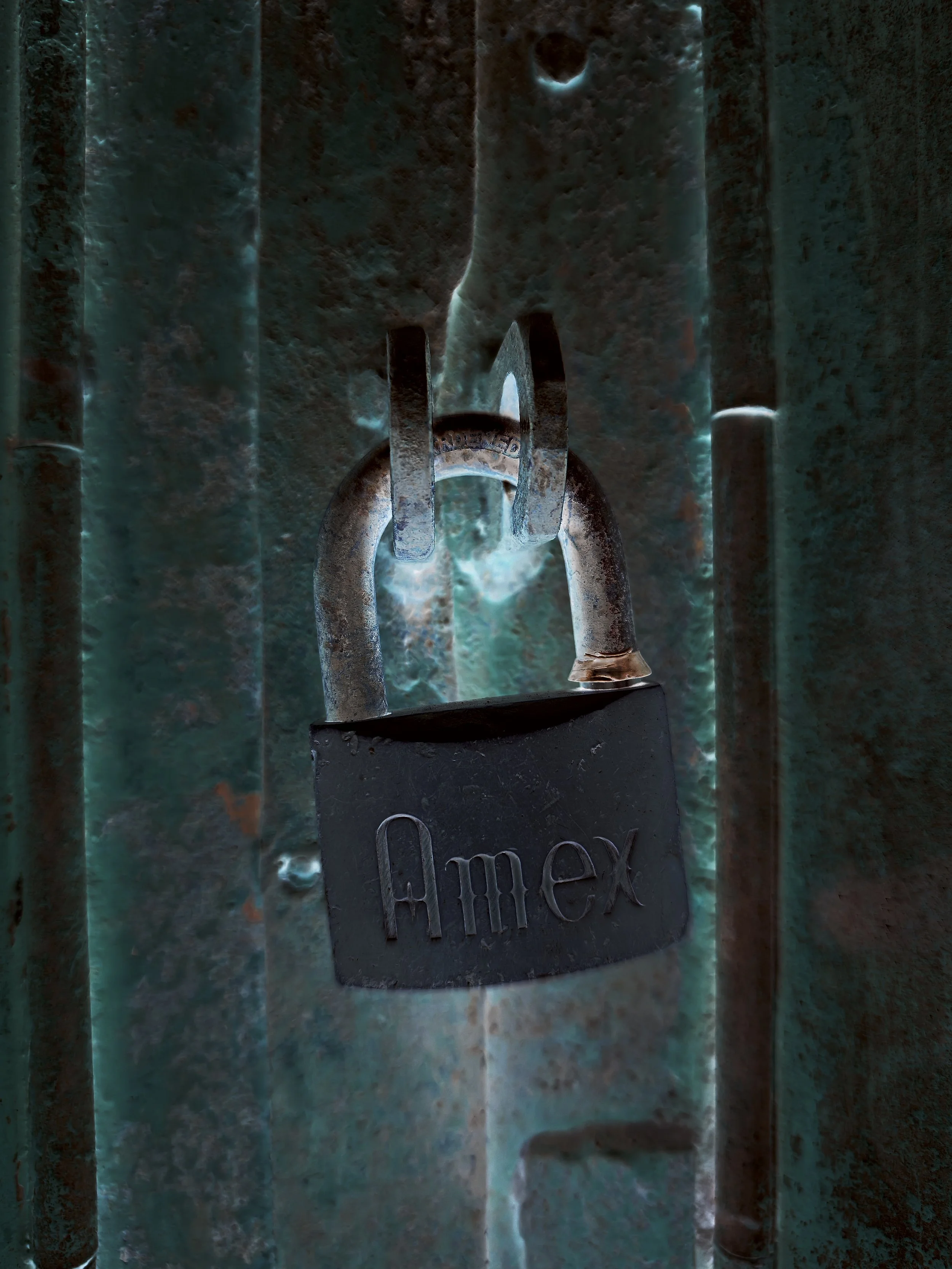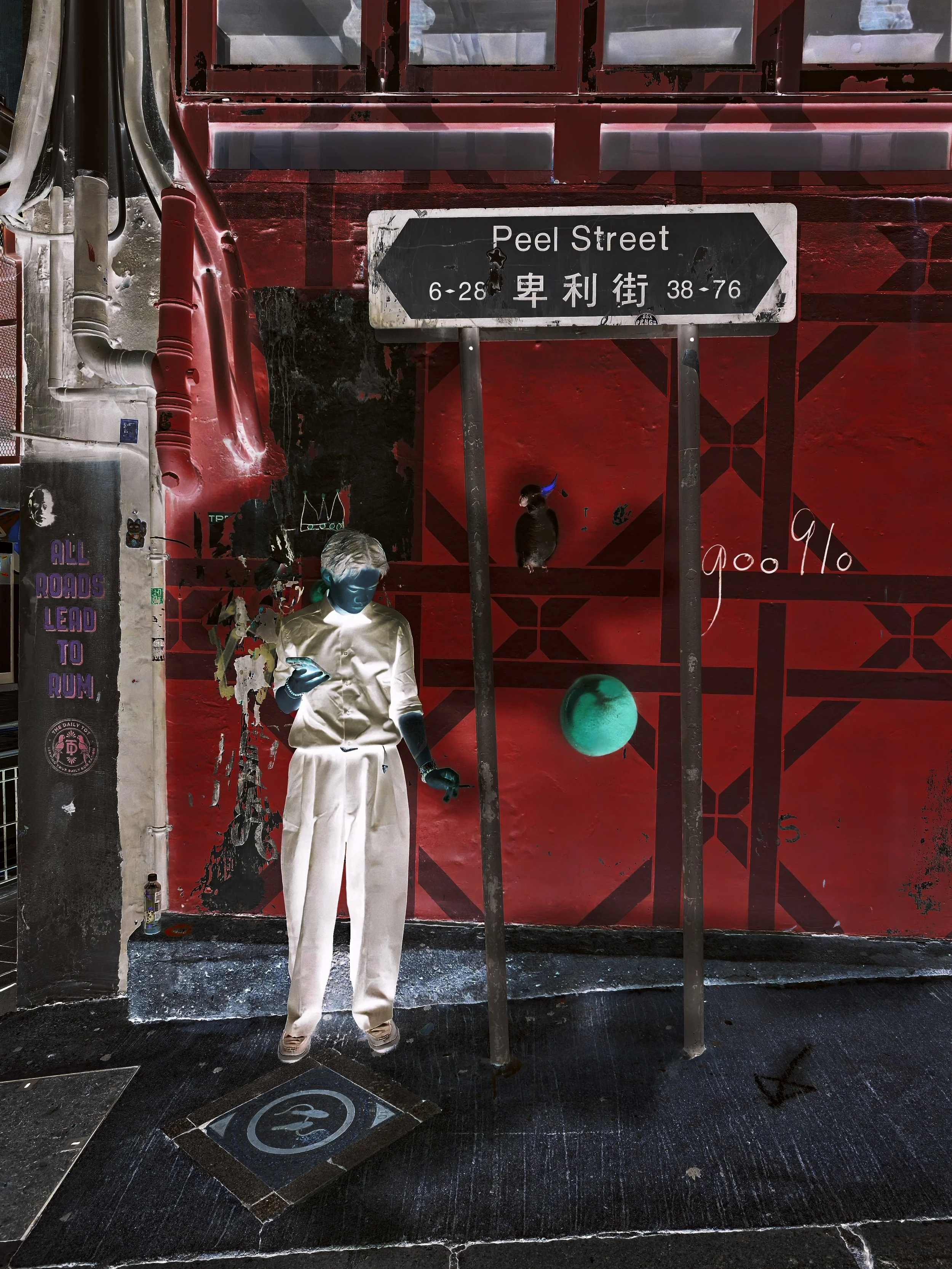The Subverted Negative: A Visual Strategy for Uncovering Hong Kong's Hidden Frequencies
During my Director's Fellowship in Documentary Practice: Visual Storytelling at the International Center of Photography in New York, my project, "We Are the Things Monsters Love," has been a journey into the soul of Hong Kong's Voidpunk counterculture. While my portraits have documented the powerful self-reinvention of these youth, feedback from my teacher, Alexey Yurenev, and my fellow classmates pointed to a missing element: the context—the sense of place, the social landscape, and the liminal spaces where these transformations occur.
To address this, Alexey gave us a new prompt that challenged the very foundation of documentary photography:
"Photography is built on rules—f-stops, shutter speeds, focus, exposure, resolution. These technical controls are designed to produce clarity, legibility, proper representation. But what happens when we deliberately use them wrong?
In your own project, pick one photographic control—light, time, distance, aperture, sharpness, resolution, file compression, color profile, etc.—and use it against its intended purpose. Break the logic. Push it past usability. Let it fail.
What does this reveal that “proper” use conceals? What new knowledge, emotion, or truth emerges when the tool misbehaves?"
This prompt sparked an idea that felt like a perfect conceptual and aesthetic fit for my work. My documentary practice is about capturing what is missing, misrepresented, and unrecorded—the very essence of the Voidpunk experience. So, I decided to break the "logic" of film photography by refusing to develop the negatives into a "proper" photograph. Instead, I would present the raw, inverted, and fluorescent negatives themselves as the final images.
Why Fluorescent Negatives are the Perfect Archive of the Void
The film negative is the raw, uncorrected data of photography—a direct challenge to the idea of "proper" representation, mirroring how Voidpunks reject societal norms. For a project focused on transmuting the rejected into the sacred, using a "failed" photographic output became a powerful artistic statement. The unedited negative is a liminal state—neither fully formed nor erased, a perfect metaphor for the Voidpunks’ existence between human and monster, past and future.
My subjects, like Charlotte, embody the concept of "Mythology as a Framework for Self-Creation," as they navigate Santner's "crisis of investiture" by forging their own sovereignty. The act of presenting the negative as a final image is a parallel act of reclaiming and reframing what is considered an "improper" body of work. By refusing to develop the film "correctly," I am breaking the archival logic of photography, just as Voidpunks expose the fiction of "normal" bodies and the Weitou tribe's bridal laments challenged conventional patriarchal norms. The resulting images are not errors, but artifacts of resistance—akin to how folk tales warp over time, revealing a different kind of truth.
The negatives also perfectly capture the uncanny light of Hong Kong. The city’s ubiquitous neon signs—its reds, blues, and purples—are rendered as their electric opposites: strange greens, magentas, and yellows. The familiar social landscape transforms into a dystopian dreamscape, a visual representation of the psychic underlayers of a city grappling with its history and its future. The inverted colors reveal Hong Kong's repressed rhythms, currents, and ghosts—the hidden energies that I feel connect with the Voidpunks' personal narratives.
Photographing a Spiritual Message in a Liminal Space
Today's assignment took me into the liminal spaces of Hong Kong, those in-between places that are often overlooked. I focused on the social landscape: street corners, back alleys, and particularly the small, sacred alters that people have on the ground outside their stores or homes. I found an empty one—a profound symbol of abandonment that resonated with the Voidpunks' experience and Qu Yuan's plea to the absent gods.
In this exploration, I also found what felt like spiritual messages speaking directly to my project:
A piece of graffiti that read "Distort Monsters." This was a magical, serendipitous moment, a direct validation of my project's title, "We Are the Things Monsters Love."
Another graffiti typography that said "Hello! This is a message. No Graffiti." This paradox felt like a perfect visual encapsulation of the Voidpunk experience—a message of self-determination and existence delivered in a medium that is itself a form of defiance.
Through this misuse of the photographic tool, a new kind of knowledge emerged. The fluorescent negatives reveal a truth that "proper" use would conceal. They expose the illusion of photography's objectivity, just as Voidpunks expose the fiction of "normal" bodies. They literally make distortion and transformation visible, proving that sometimes, the most profound truths are found not in clarity, but in the beautiful, deliberate failures.



